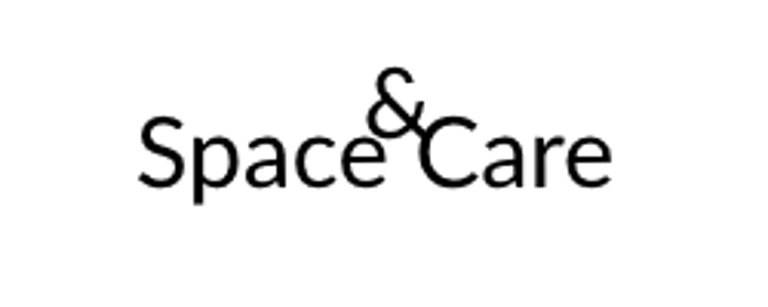The Nine Elements Your Design Brief Must Have
In healthcare architecture, the design brief is a data-driven document that helps the architect and the other professionals in the design team to prepare a roadmap for the actual design and masterplan of the project.
SPACE
Richard Lasam
2/19/20253 min read


Whenever I start a new project, often the most challenging phase is to gather and analyze data for the healthcare facility. This phase, usually called the Master Plan Phase or in some cases the Pre-Design Phase, creates a road map for the whole project to minimize potential delays or changes during the design and construction process.
Clear communication
Part of the challenge of healthcare facility design is the amount of data analyses and assessments that goes into the initial planning process before you even design anything. As I mentioned in my previous post, the need for a clear way of communicating information to different members of the planning team is critical to the success of a project. Part of the initial outputs expected for what is either called the Pre-Design Phase or the Master Plan Phase is the Design Brief, which is described as:
“…the written expression of the client’s needs, as expressed in consultation with various professionals, including the architect and engineers. It is important because ‘a good design is based on a good brief’ and ‘a good brief is rich soil in which to grow a good design.’” -WHO District Hospitals Chapter 1.3, Page 14 – Preparation of the design brief
This document, when done properly, allows everyone involved in the design and planning process to have a foundation to which the project can refer so that the direction of any revisions and changes in the future can be properly incorporated into the design. Hospitals tend keep on upgrading over the course of their operations. New technologies and departments are modified over the years. In effect, the design brief is to help the healthcare facility to have a way of keeping track of its direction.
Nine elements
Generally, there are at least nine elements that a good design brief should address:
1. Functional Content. This is the physical brief of the project; here, the client provides details about the number of beds, total units of dialysis chairs, department capacities, etc.
2. Philosophy of Service. Also called “operational policies,” it details the client-specific needs and wants of the medical departments of the facility. Different facilities have differing needs and wants in their departments that are specific only to them, so this must be finalized between the client and the architect.
3. Workload. Discusses the time that the healthcare facility will operate, be it in work shifts, maintenance operations, and department activity hours.
4. Planning Principles. This refers to many aspects of design, but it boils down to how the end-users, materials, and services will be operating within the facility.
5. Staffing. Refers to the total number of end-users of the project; expected patient numbers, total staffing of departments, and the number of doctors fall into this category.
6. Functional Relationships. Addresses which departments of the healthcare facility should be adjacent to each other.
7. Environmental Factors and Engineering. This refers to various elements of the physical environment that the healthcare facility will need to address, such as but not limited to utility systems (electricity and mechanical elements, sterility equipment), safety systems (fire and emergency policies), end-user comfort (heating, lighting, and ventilation), among others.
8. Schedule of Accommodations. Refers to how each department will accommodate and provide services to the end-users of the healthcare facility.
9. Financial Aspects. Provides the limits and costs that the design and construction of the healthcare facility will incur.
The given elements are just the baseline. As you can already tell, healthcare facility design is a very technical and data-driven endeavor, but it is very satisfying to see a project be completed due to the work that everyone puts into it for the healthcare facility to succeed.
In another article, I will delve into the purely architectural elements of a design brief after it is formalized.
